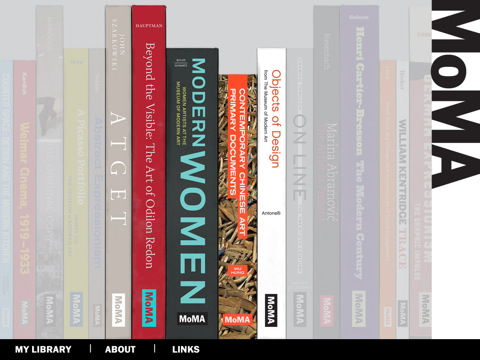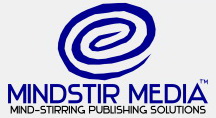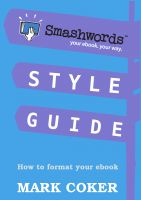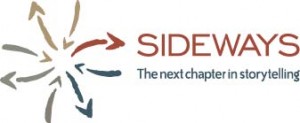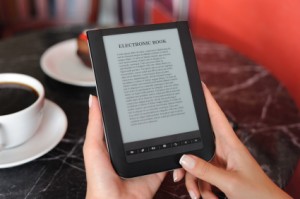 Two separate reports from InfoTrends and the Association of American Publishers indicate that people are quickly adapting to new ways of reading. Although the market for reading books and publications on screen is still small, it’s expected to grow rapidly as better devices and content continue to be introduced.
Two separate reports from InfoTrends and the Association of American Publishers indicate that people are quickly adapting to new ways of reading. Although the market for reading books and publications on screen is still small, it’s expected to grow rapidly as better devices and content continue to be introduced.
Paying attention to trends in e-reading and e-book-publishing can help you determine whether it makes more sense for you to self-publish and promote your own works or continue to seek a traditional publisher for your work.
InfoTrends E-Media Report
InfoTrends recently captured survey responses from 700 users of e-reading devices, including dedicated devices (such as the Kindle and Nook) and multi-purposes devices such as iPads, laptops, notebooks, and smartphones. The results from this survey suggest that e-reading is here to stay and poised for growth. InfoTrends analysts believe that within five years, one-third to one-half of all readers will be using electronic devices.
According to the study, the amount each survey participant spends on e-media is growing at 4.3% a year among those who use dedicated e-readers and 6.9% among those who use multi-purpose devices.
The report was conducted to help technology providers and publishers understand some of challenges and opportunities related to e-media hardware and content. For example, while there will be an expanding base of customers for companies that want to publish electronically, one of the challenges will be to determine which formats will most likely to be favored by the largest groups of readers.
Data and analysis in the report can help publishers understand how the rise of e-media will affect the purchase of hard-copy publications, what types of media are read most frequently on e-readers, the perceived shortcomings of the e-reading devices, and plans for new purchases of e-readers and multi-purpose devices.
Press Release: Reading E-Media: The End-User Perspective
Association of American Publishers
In the February 2011 sales report issued by The Association of American Publishers (AAP), e-books ranked as the number-one format among all categories of trade publishing (adult hardcover, adult paperback, adult mass market, children’s/young adult hardcover, children’s/young adult paperback).
Sales of e-books in February 2011 were $90.3 million, which is 202% higher than in Febuary 2010. The association attributes this surge primarily to a high level of buying by consumers who had received e-readers as gifts. Other factors contributing to the growth include the expanded selection of e-readers introduced for the holidays and the availability of more titles as e-books.
Some publishers who contributed to the study said e-books are generating fresh consumer interest in “backlist” titles (e.g. books that have been in print for at least a year). Many publishers noted that e-book readers who enjoy a newly released book will frequently buy an author’s full backlist.
According to Tom Allen, president and CEO of AAP, “The February results reflect two core facts: People love books and publishers actively serve readers wherever they are. The public is embracing the breadth and variety of reading choices available to them. They have made e-books permanent additions to their lifestyle while maintaining interest in print-format books.”
The AAP monthly sales data represents data provided by 84 U.S. publishing houses representing major commercial, education, professional, scholarly, and independents. Data on e-books comes from 16 houses.
For the months of January and February, 2011, the sales of print books fell to $441.7 million, down 24.8% from the amount of print books sold in January and February, 2010. By comparison, the sale of e-books for January and February 2011 totaled $164.1 million, up 169% over the same two-month period in 2010.
Press Release: E-Books Ranks as No. 1 Format Among All Trade Categories for February 2011

